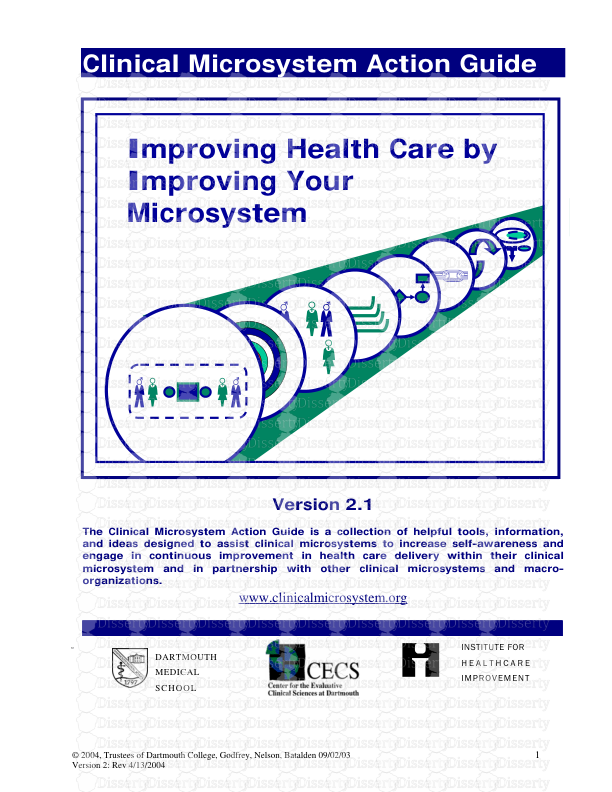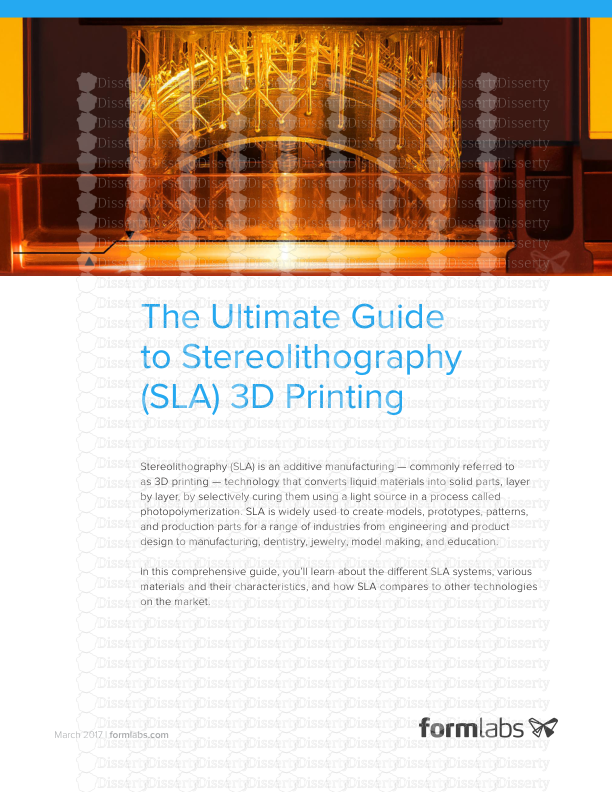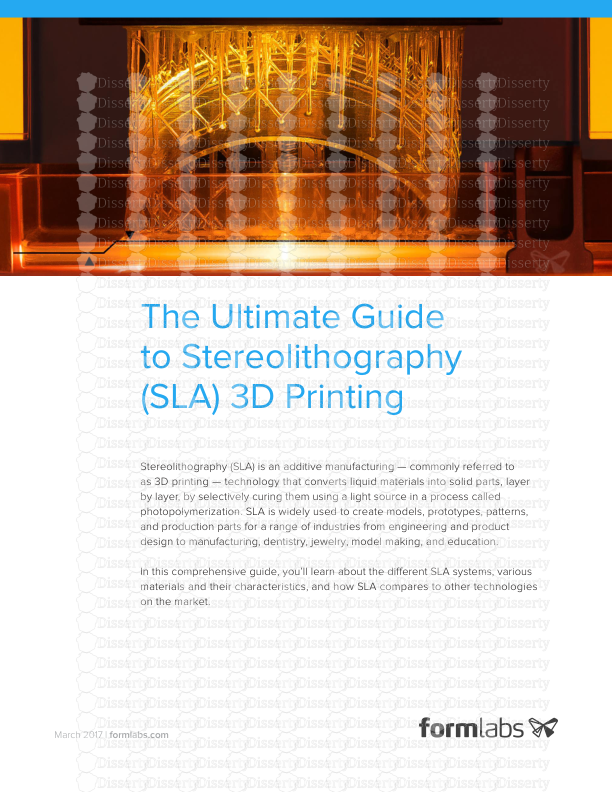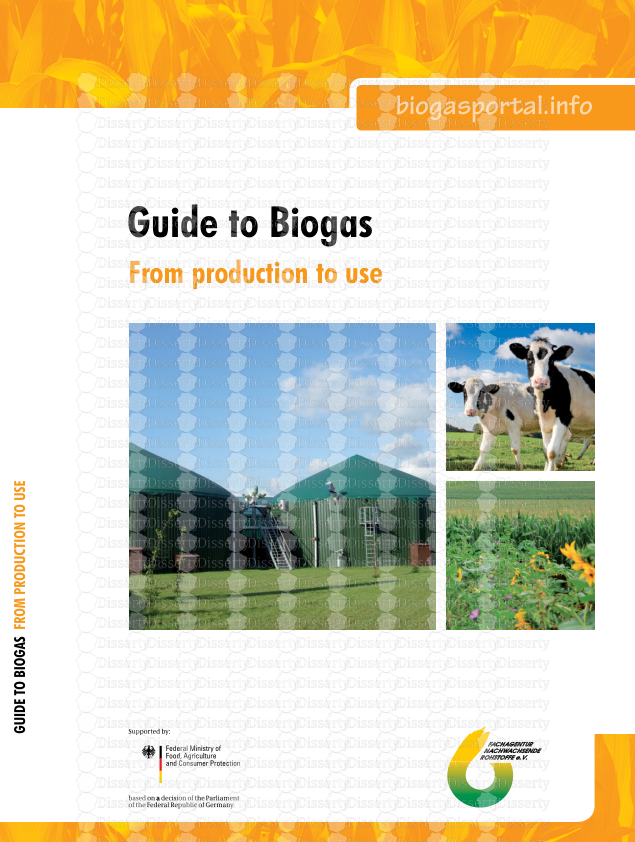Page 1 of 2 Equipment Verification – New approach – now approved: ASTM “Standar
Page 1 of 2 Equipment Verification – New approach – now approved: ASTM “Standard E2500-07 Standard Guide for Specification, Design, and Verification of Pharmaceutical and Biopharmaceutical Manufacturing Systems and Equipment” 1. What is ASTM; What influence has it on the GMP-regulated pharmaceutical industry? ASTM is the American Society for Testing and Materials. It is a long-established consensus standard setting body. This means that standards are drafted by experts on ASTM Committees and members vote to accept or reject the drafts until consensus is reached. It is an open process following a defined procedure and any member of ASTM may vote. Consensus standards have the advantage of involving the real experts (where the regulators sometimes have difficulty) and the process of standard setting is less labour intensive and faster than when the regulatory bodies create standards. 2. What is the content of this “Standard”? What is the regulatory impact? Is it accepted by the regulators in US and Europe? ASTM “Standard E 2500 was approved in the second quarter of 2007 and can be bought from ASTM at on www.astm.org. It describes a risk-based and science-based approach to the specification, design, and verification of manufacturing systems and equipment (Quality by Design) that have the potential to affect product quality and public health. The standard seeks to ensure such manufacturing systems and equipment: are fit for purpose support continuous process capability improvements enable innovation consistently meet defined quality requirements the verification process is efficient and effective The key concepts are described along with the process itself and other supporting processes. In a significant change of approach to traditional qualification, the standard encourages the adoption of Good Engineering Practices by equipment suppliers who have an acceptable quality system” This then allows customers to adopt the vendors documentation which substantially meets the requirements for verification (replacing traditional IQ and OQ) and so verification may be carried out in large part by an appropriate assessment of the suppliers execution, construction, installation and verification activities. The FDA’s legal framework allows it to use consensus standards if they meet its needs. ASTM standards relevant to the pharmaceutical industry have the same status as regulatory “guidelines”, i.e. they are for guidance only, company’s do not have to follow them and may choose not to use them. The FDA has publicly endorsed the ASTM standard setting process but so far there has been no public comment from the EU regulators. Page 2 of 2 3. What is the definition of “verification?” The standard defines “verification” as “Confirmation through the provision of objective evidence that specified requirements have been fulfilled”. It therefore recommends that verification activities should focus on those aspects or characteristics of manufacturing systems that are necessary to control the manufacturing process to ensure consistent product quality. These in turn are derived from a “scientifically sound” understanding of the process. 4. Does the standard have influence on the relationship between the customer and the supplier? The net effect of the approach described in the standard is to bring closer together the supplier of the equipment and/or system and the customer. The suppliers will be expected to have a defined quality system and have adopted Good Engineering Practices (to be defined in a forthcoming Guide form ISPE) and the customers (after satisfactory supplier assessment) will then rely on these to be able to adopt the verification documentation from the supplier instead of producing it all themselves. It is necessary to point out however, that not all verification activities can be completed by the supplier. Some tests may necessarily still be carried out by the customer at his premises and the customer still needs to complete the acceptance activities. The standard recommends that the Acceptance Criteria are defined by Subject Matter Experts and approved by the Quality Unit. After the verification documentation is completed, it should be reviewed by independent Subject Matter Experts and if satisfactory, the system may be accepted and released for use. 5. How can you use it in the field of CV? The standard is directly applicable to computer and control systems used in a GxP- regulated environment. 6. Does it have any influence on GAMP 5? GAMP 5 when it is published will have been developed following adoption of the principles of this new standard. 7. Does the new approach reduce the costs of qualification/validation? This new approach when adopted in full should significantly reduce the cost of traditional qualification/validation activities. By relying for verification of a supplier’s quality system and documentation, much testing, traditionally duplicated, should be eliminated leading to significant cost savings. In those cases where this approach has been adopted, very significant reductions in the costs over the traditional qualification approaches, and to project timescales have been achieved (over 50% has been claimed in some cases). uploads/Geographie/ astm-guide.pdf
Documents similaires









-
71
-
0
-
0
Licence et utilisation
Gratuit pour un usage personnel Attribution requise- Détails
- Publié le Jui 15, 2021
- Catégorie Geography / Geogra...
- Langue French
- Taille du fichier 0.0206MB


